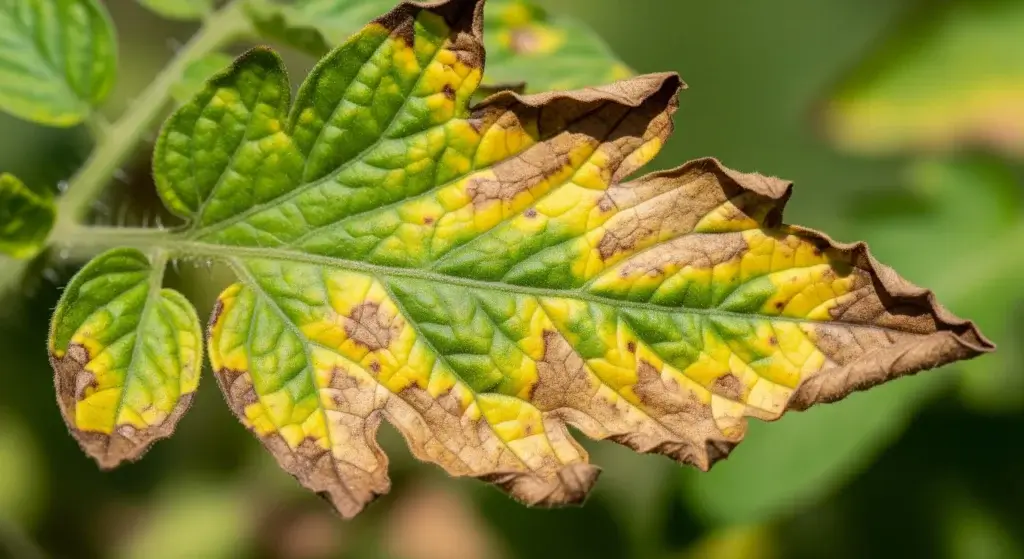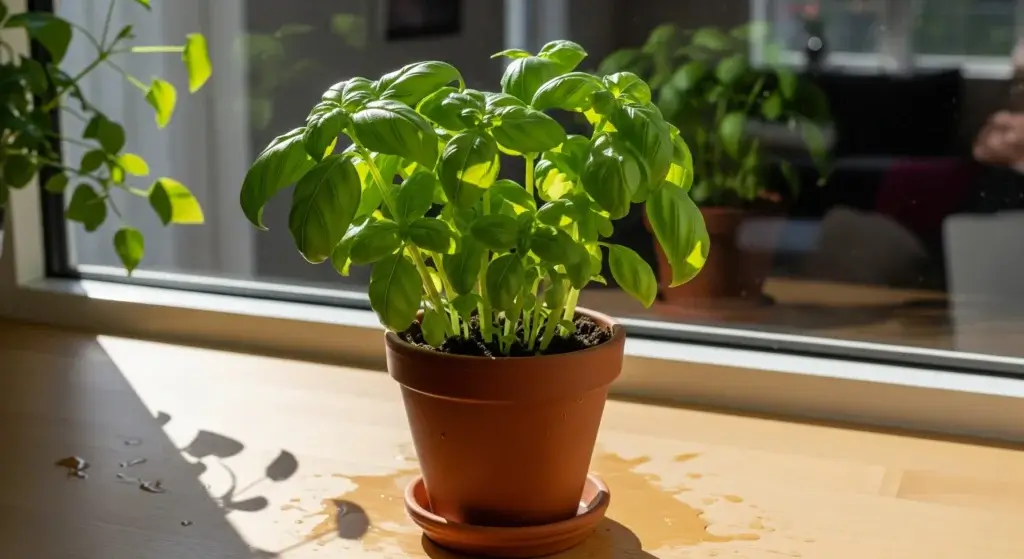
Pulling beets from the garden feels great—until you realize they’re tiny and stringy.
The culprit? Overcrowding.
Beet “seeds” are actually seed clusters, so one spot often sprouts multiple plants fighting for space, water, and nutrients.
That’s where thinning comes in.
This guide shows you how to thin your beetroot seedlings the right way.
It’s not plant murder—it’s smart gardening.
You’ll learn when, how, and why to thin so your beets grow big, sweet, and Instagram-worthy.
Think of it like kicking folks out of a packed elevator so everyone can breathe.
Let’s get thinning and grow some chunky roots.
Why Thinning Beetroot is Non-Negotiable for a Great Harvest
Let’s get this out of the way—yes, pulling out perfectly healthy seedlings feels weird.
But when it comes to beetroot, keeping them all is like stuffing five people into a phone booth. Nobody wins.
Here’s why thinning isn’t optional—it’s essential:
1. Cramped beets stay small
When beet seedlings are packed together, their roots can’t spread out.
They end up bumping into each other underground like it’s rush hour on the subway.
No elbow room means no big, juicy beets. Just stringy little roots that won’t impress anyone—not even your compost bin.
2. They all starve
Beets need nutrients to grow.
If too many are fighting for the same bite of soil buffet, none of them get what they need.
Think of it like splitting one slice of pizza between five people—nobody’s getting full.
Thinning gives each plant its fair share.
3. They get thirsty fast
Same deal with water. In a packed bed, all those roots are sipping from the same straw.
That leads to dry, thirsty plants, especially when the weather’s hot and dry.
Spaced-out beets = better hydration = happier roots.
4. Airflow is a big deal
Crowded plants block airflow. When leaves stay wet and air can’t move, mold and mildew start partying.
Powdery mildew, for example, loves a humid crowd. Thinning gives your plants room to breathe—literally.
5. Bugs love hiding in the jungle
Tightly packed leaves make it easier for pests to hide and harder for you (or helpful bugs) to catch them.
Spacing plants out gives you a clear line of sight—and fewer bug parties.

When to Thin: Timing is Everything for Beetroot Seedlings
Timing matters. Thin too early, and you risk pulling out babies that haven’t even started growing.
Wait too long, and your beet patch turns into a tangled mess. So, when’s the sweet spot? Let’s break it down.
When to do it?
After they grow 1–2 sets of true leaves
Not the baby ones (cotyledons) that pop up first—those are just placeholders.
Wait until you see actual beet leaves. They’ll look like tiny versions of full-grown ones, kind of leafy with a bit of beet attitude.
When they’re 2–4 inches tall (5–10 cm)
At this size, the plants are strong enough to handle some light drama. You can yank the extras without traumatizing the survivors.
Why you don’t want to wait too long?
Root spaghetti
Beet roots get clingy. If you leave them crowded too long, their roots start hugging.
Try to separate them later, and you risk pulling up the good ones too.
It’s like trying to untangle your earbuds in the dark. Not fun.
Everyone gets weaker
When too many seedlings fight for space, they all suffer. Even the ones you don’t pull end up stunted and stressed.
It’s like putting ten people on one treadmill—nobody’s making gains.
Pro tip
Start watching your beets right after they sprout.
The exact timing depends on your weather, when you planted, and the variety you’re growing.
Just don’t snooze on it—your future beets are counting on you.
Think of thinning like editing a group chat. Keep the best ones. Mute the rest.
How to Thin Beetroot Seedlings Correctly: A Step-by-Step Guide
Thinning beet seedlings isn’t just some fancy gardening flex—it’s a must if you want those roots to grow big and round.
Done right, it’s easy. Just follow this step-by-step and you won’t mess it up.
Step 1: Get your gear together
Grab this stuff before you start:
- Small scissors or snips – These work way better than your fingers. Snipping means you don’t yank up roots by accident.
- Watering can – You’ll need to water before and after thinning.
- Gloves (optional) – For folks who don’t like dirt under their nails.
Step 2: Water before you work
Water the beet bed about an hour before thinning.
Why? Because moist soil is softer and less likely to rip up the roots of the seedlings you want to keep. Dry soil = drama. Wet soil = chill.
Step 3: Pick the winners
Beets don’t need friends. They need space. Here’s what to look for:
- Give each beet about 3–4 inches (7.5–10 cm) of personal space.
- Spot the strongest seedling in each little group. That’s your keeper. Look for one that’s standing straight, has healthy leaves, and just looks ready to run the garden marathon.
- Ignore the others. They’re not making it to harvest.
Step 4: Thin like a pro
You’ve got two options. One is safer, the other gives you a snack.
Method A: The snip method (do this one first)
This one’s clean and easy:
- Find the seedling you’re keeping.
- Use scissors to snip the other seedlings off right at the soil line.
- Don’t pull them out. Leave the roots in the ground—they’ll break down and feed the soil later.
- Be careful not to bump or cut your chosen beet.
Method B: The pull and wiggle (only if you want baby greens)
Want to eat the extras? Okay, but be gentle:
- Pick your keeper.
- Pinch the base of the unwanted seedling.
- Wiggle it a bit, then pull straight up.
- If the soil around your good seedling got messed up, press it down gently so the roots are still cozy.
This one’s riskier because you might accidentally uproot your winner. Go slow.
Step 5: After-thinning care
- Water again – A light watering helps the soil settle and keeps the beets from stressing.
- Watch them for a few days – Make sure they’re not wilting or flopping over. If they look happy, you’re good.
- Mulch (optional) – Throw some straw or shredded leaves around the plants. It keeps the soil cool, blocks weeds, and holds moisture.

Common Thinning Mistakes to Avoid
Even garden pros mess up thinning sometimes.
Here’s a list of classic mistakes so you don’t have to learn the hard way.
1. Thinning too early
If your seedlings just popped up and still look like tiny green toothpicks, chill.
Wait until they’ve got at least 1–2 sets of real leaves. Too early, and you might pull out the strong ones or stress them all out.
2. Thinning too late
Wait too long, and it’s root spaghetti under there. Tangled roots, stunted growth, and sad beets.
Once they hit about 2–4 inches tall, it’s go-time.
3. Yanking like a madman
Don’t just rip seedlings out. That might mess up the roots of the ones you’re keeping.
Use scissors and snip at the soil line. If you must pull, do it gently—with a little wiggle.
4. Ignoring spacing
Spacing rules exist for a reason. If you leave seedlings too close, they’ll still fight over water and nutrients.
Aim for 3–4 inches between each beet. Yes, eyeball it. But be honest with yourself.
5. Skipping the pre-water
Dry soil is tough on roots. Water the bed about an hour before you start thinning.
It softens the soil and helps avoid root drama.
6. Leaving plant bits behind
Don’t leave snipped leaves and stems sitting on the soil. They rot, attract bugs, and bring disease.
Toss them in the compost or feed them to your chickens—just get them out of the bed.
Bonus Tip: Don’t Waste Your Thinnings!
Don’t toss those baby beets you just pulled—they’re food.
If you used the pull and wiggle method, those tiny seedlings are actually beet greens, and they’re 100% edible.
They taste a little sweet, super fresh, and are loaded with nutrients. Basically, they’re salad gold.
How to use them
- Wash well – Dirt hides in tiny leaves. Rinse like you mean it.
- Toss in salads or wraps – They’re tender and add a nice pop of flavor.
- Sauté with garlic and oil – Quick, easy, and super tasty.

Wrap-Up: Thin Now, Feast Later
Thinning beet seedlings is the move if you want big, healthy roots. It’s not plant cruelty—it’s smart strategy.
Fewer plants means more space, more food, and less stress for the keepers.
Use the snip method, space them out right, and don’t wait too long.
Be cool with pulling a few so the rest can crush it.
Do it right, and you’ll be digging up sweet, juicy beets instead of tiny root disappointments. Now get thinning—and get ready to eat.



